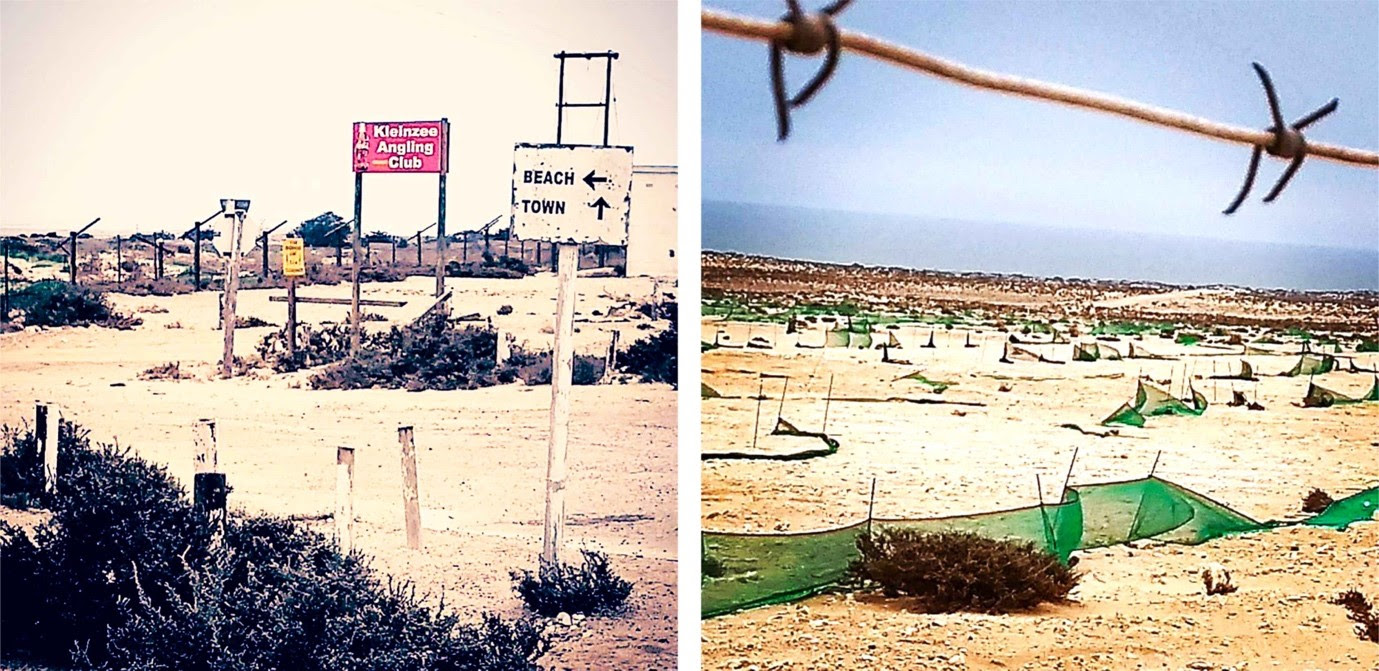
Rebecca McGuire-Snieckus
Visual Essay documents legacies of mining
Posted on July 18, 2023

Mike Hannis, Senior Lecturer in Ethics, Politics and Environment, and Sian Sullivan, Professor of Environment and Culture, from Bath Spa University have published a Visual Essay in a new open access edited volume on Toxic Heritage: Legacies, Futures, and Environmental Injustice. Entitled “Extraction old and new: Toxic legacies of mining the desert in southwestern Africa”, the essay documents mining sites, their histories and legacies for a range of connected localities visited through the AHRC-funded Future Pasts project.
Abstract
This visual essay draws on a 2017 journey from the South African Cape to the Khan valley of Namibia, tracing toxic (deter)mining legacies of roots and routes of mineral extraction. Copper, ilmenite, diamond, zinc and uranium exploitations encounter Indigenous presence and resistance as colonial and corporate mineral ‘rushes’ intersect with local realities and cultural landscapes. Environmental mitigation efforts and ‘offsetting’ schemes also leave toxic heritage in their wake as they greenwash profit-driven extractive agendas. Images from sites visited evoke the materialities and atmospheres of these localities, and connections between them.

Images (Figure 4 from the essay): Not far beyond Brand se Baai, excavations and spoil heaps appear whose scale and extent dwarf the ilmenite workings. The next 500 miles of coastline have been massively reshaped by over a century of diamond mining. At Oranjemund, just north of the Orange River, decades of digging have pushed the Atlantic Ocean back hundreds of metres behind giant walls of sand and concrete, allowing the shoreline to be excavated down to the bedrock where diamondiferous gravels are found. These land operations are now winding down as the focus shifts to marine mining, leaving semi-abandoned towns such as Kleinzee (left) set in vistas of green plastic fencing purporting, as at Brand se Baai, to shelter re-establishing desert flora (right).

Image of sites visited


Responses